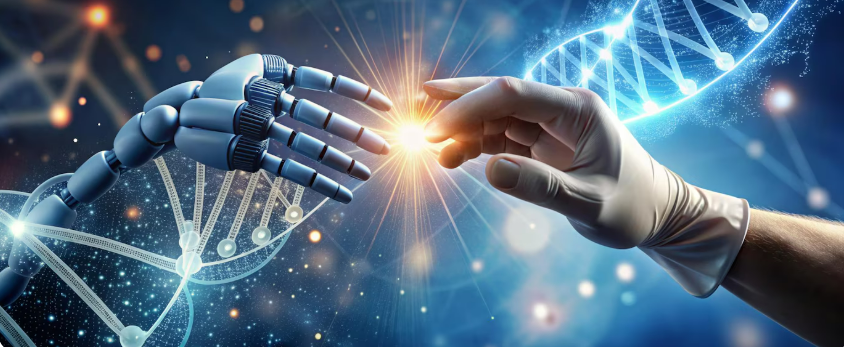Artificial Intelligence in Genetic Engineering
Artificial Intelligence (AI) is transforming genetic engineering by making research faster, more accurate, and more personalized. It can quickly analyze massive amounts of DNA data, uncover hidden patterns, and help identify the causes of genetic diseases. AI also supports personalized medicine by customizing treatments to individual genetic profiles and predicts the effects of gene edits before experiments begin. The table below highlights the key differences between human and AI abilities in genetic engineering.
| Aspect | Human Abilities | AI Abilities |
| Data Processing Speed | Slow, especially with large-scale DNA data | Extremely fast; processes billions of base pairs in minutes |
| Pattern Recognition |
May miss subtle or complex patterns in genetic sequences |
Detects hidden patterns and correlations using algorithms |
| Accuracy in Diagnosis | Relies on experience; may involve trial and error | High accuracy through predictive modeling and deep learning |
| Personalized Medicine | Requires extensive manual analysis of genetic profiles | Quickly matches treatments to individual DNA for precision care |
| Predicting Outcomes of Gene Editing | Limited to theoretical models and prior experiments | Simulates gene edits and forecasts biological impact in advance |
| Handling Big Data | Challenging; time-consuming and resource-heavy | Efficiently manages and analyzes vast datasets simultaneously |
| Consistency | May vary between scientists or labs | Delivers consistent and unbiased analysis results |
| Learning from New Data | Slow adaptation; requires retraining or additional research | Continuously improves with each dataset (machine learning) |
| Innovation Speed | Dependent on manual experimentation and collaboration | Accelerates discovery through rapid hypothesis testing |
